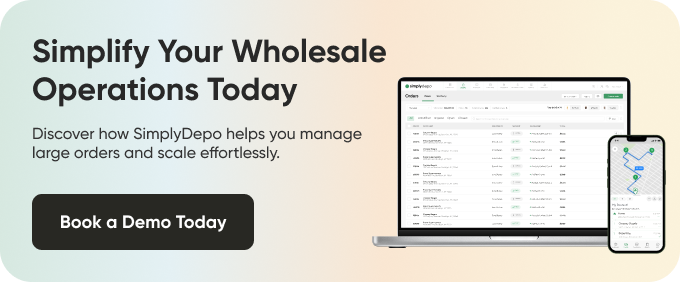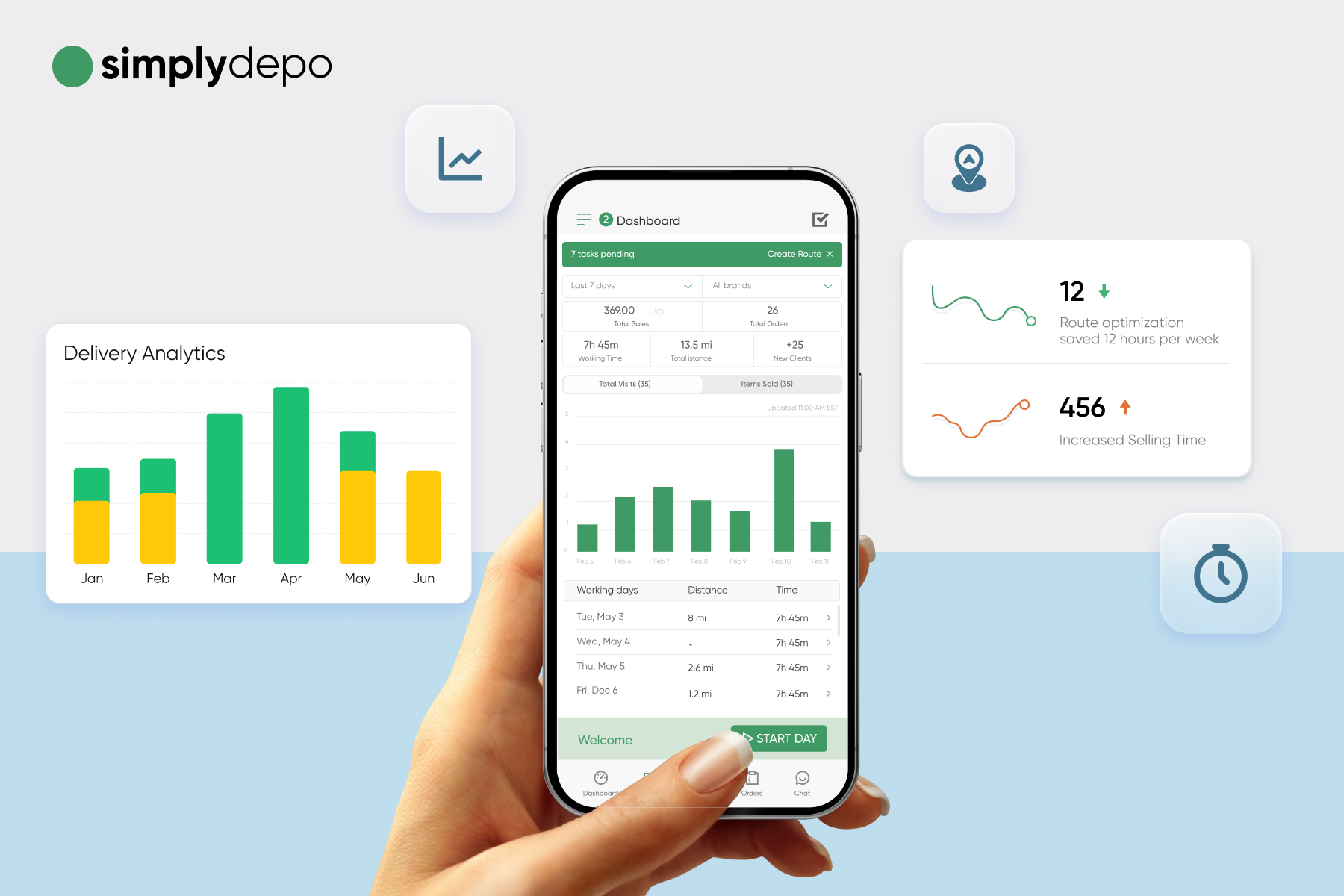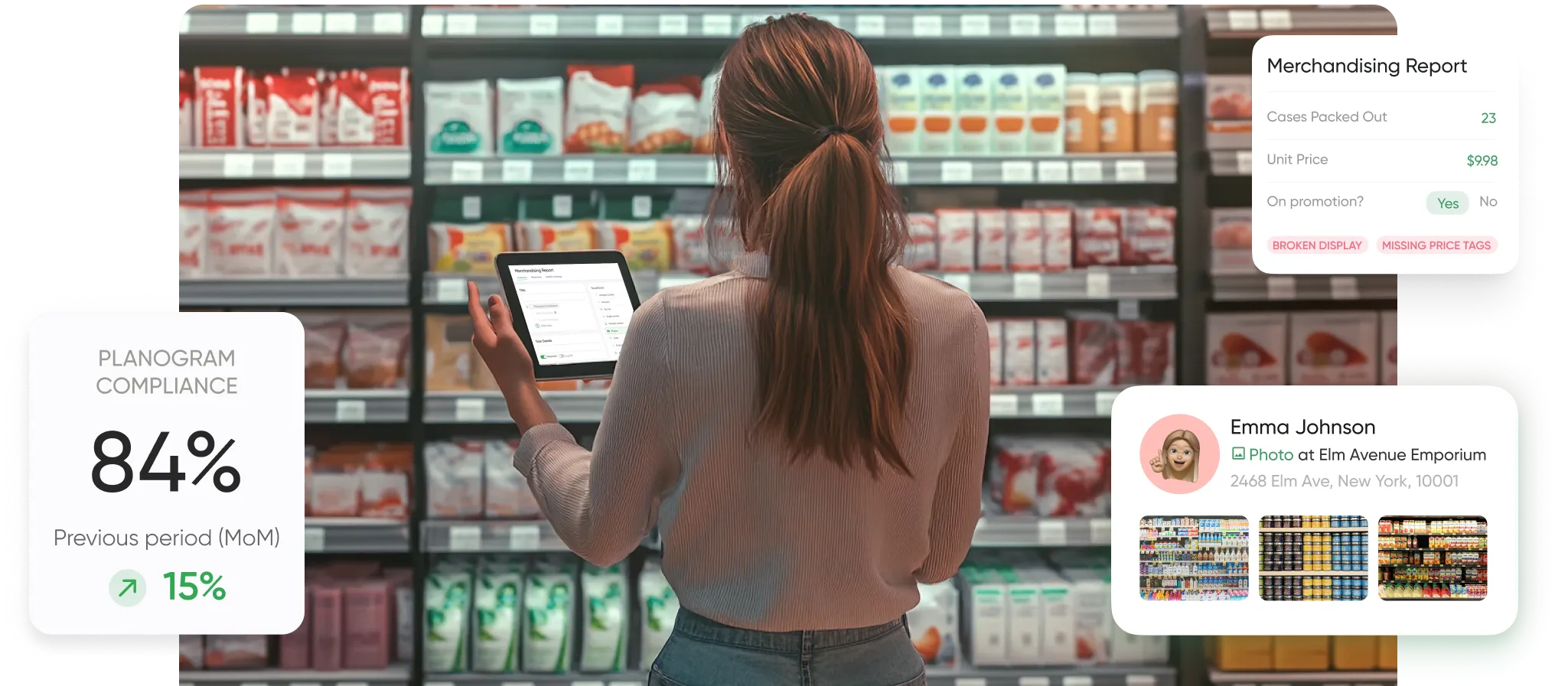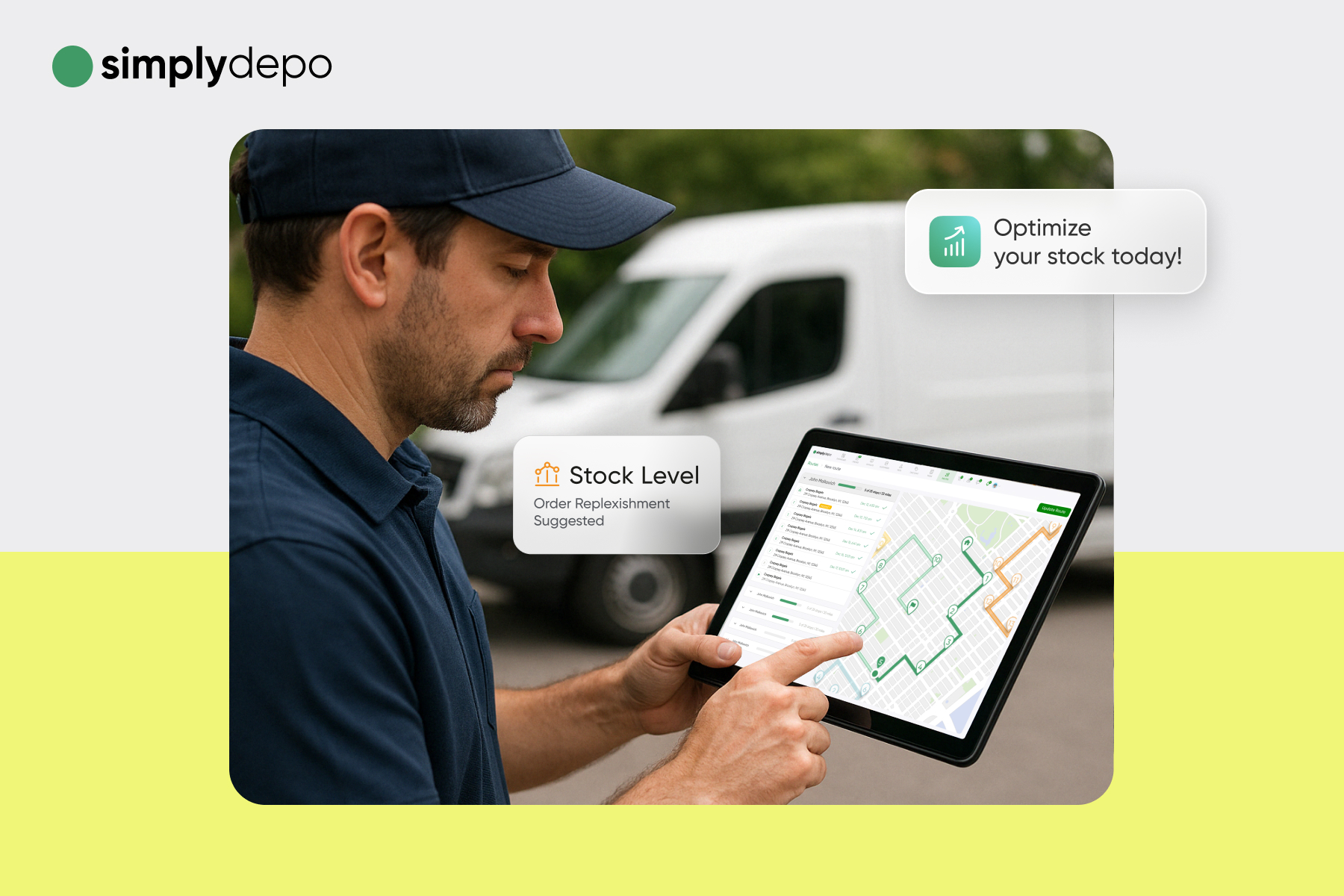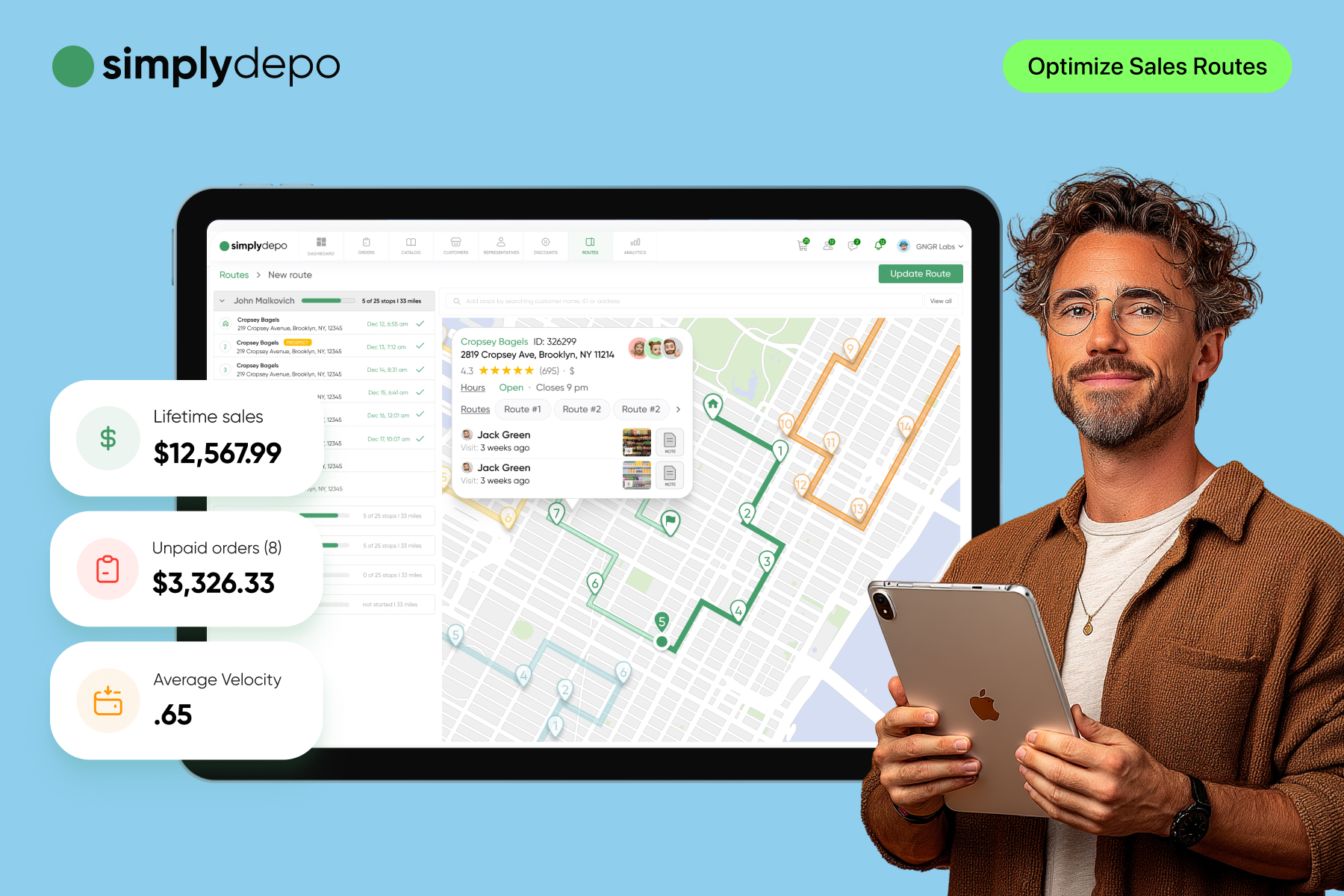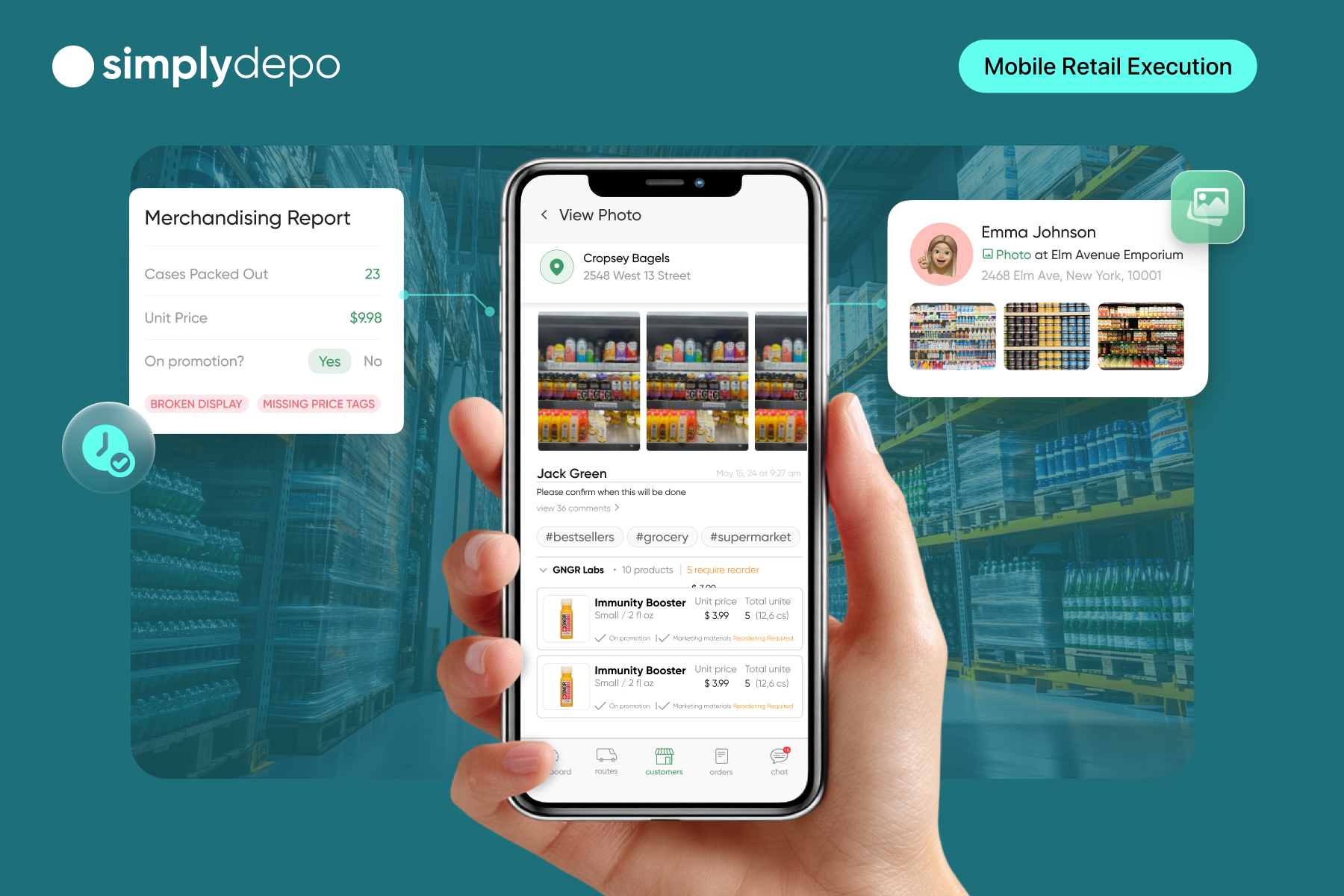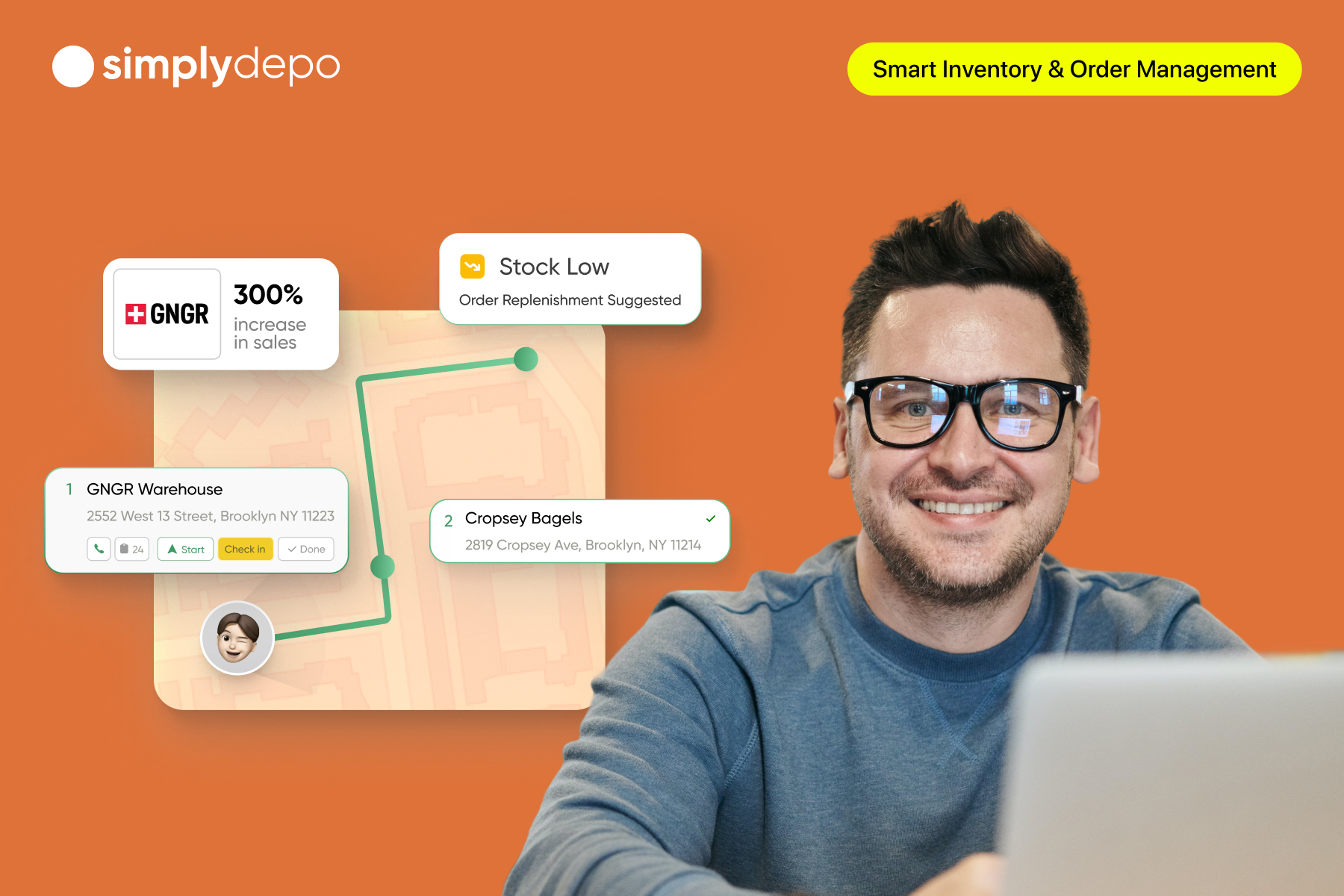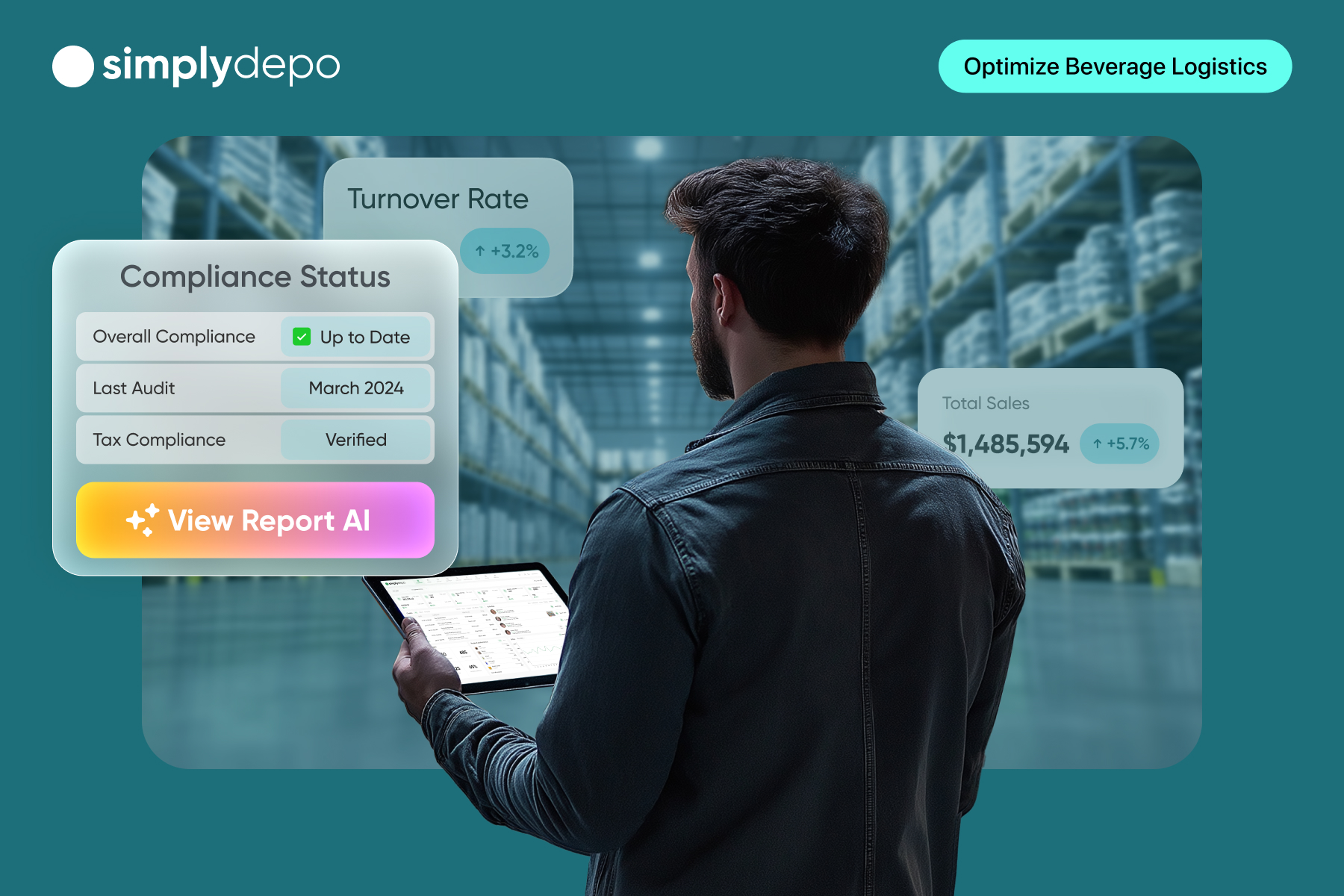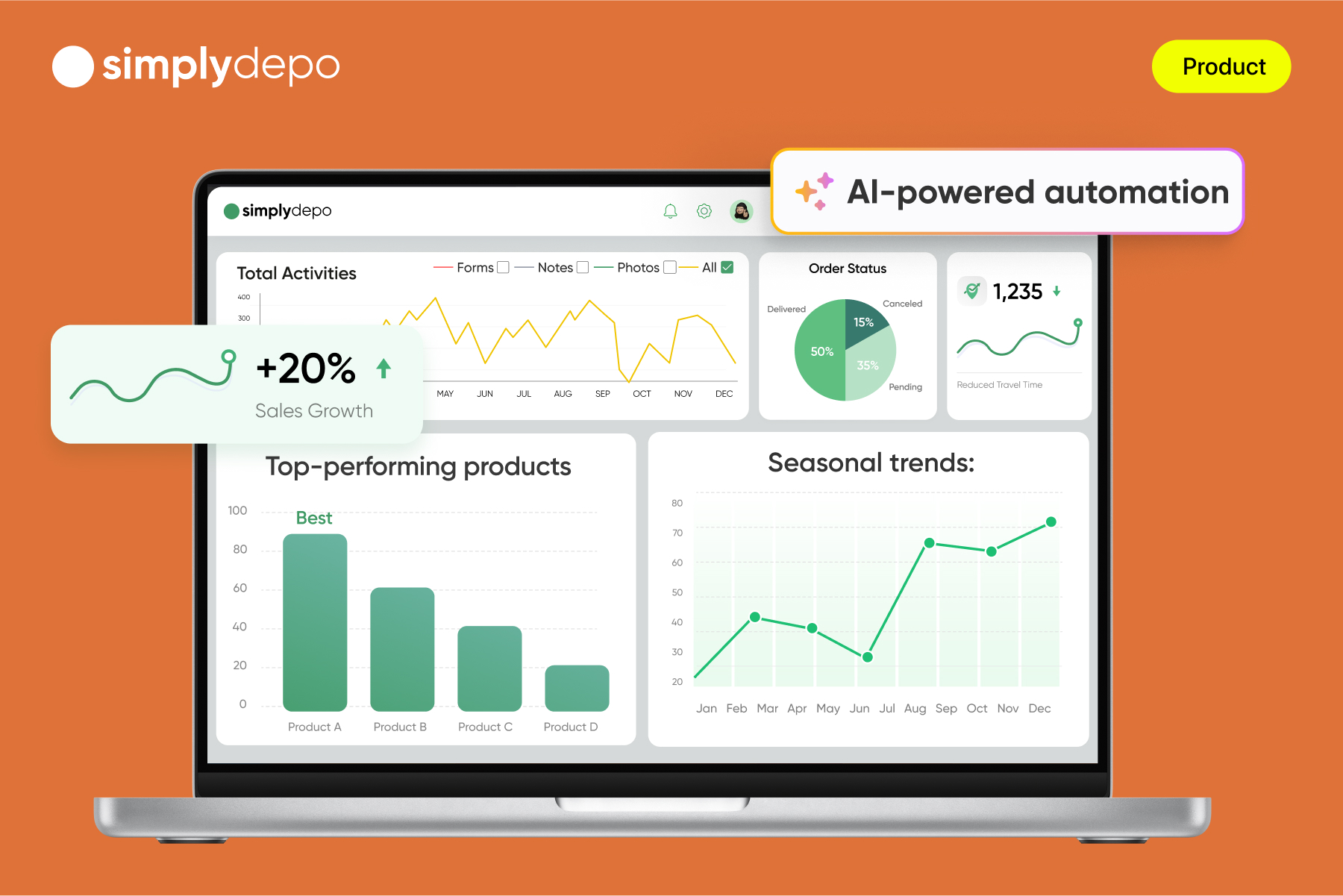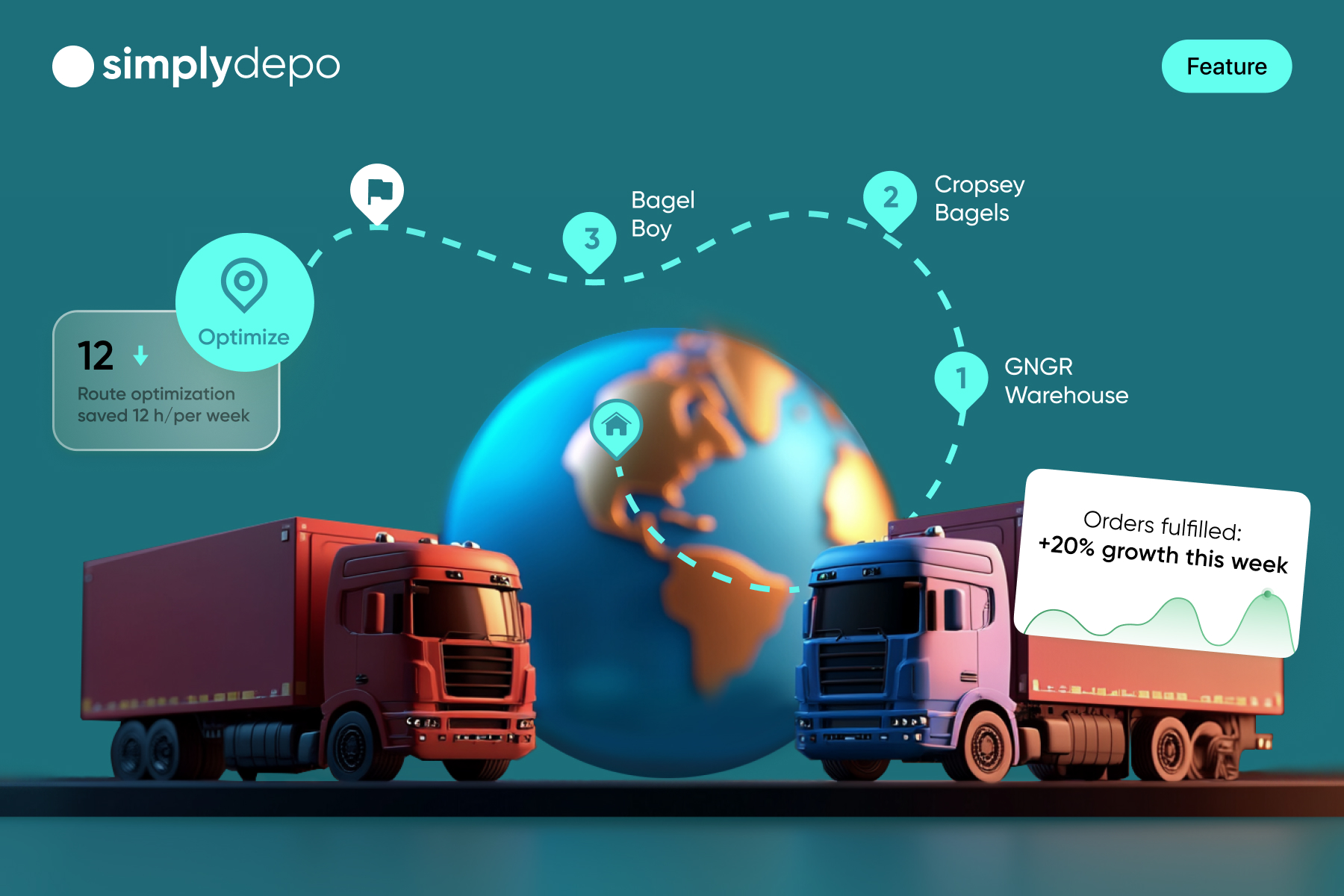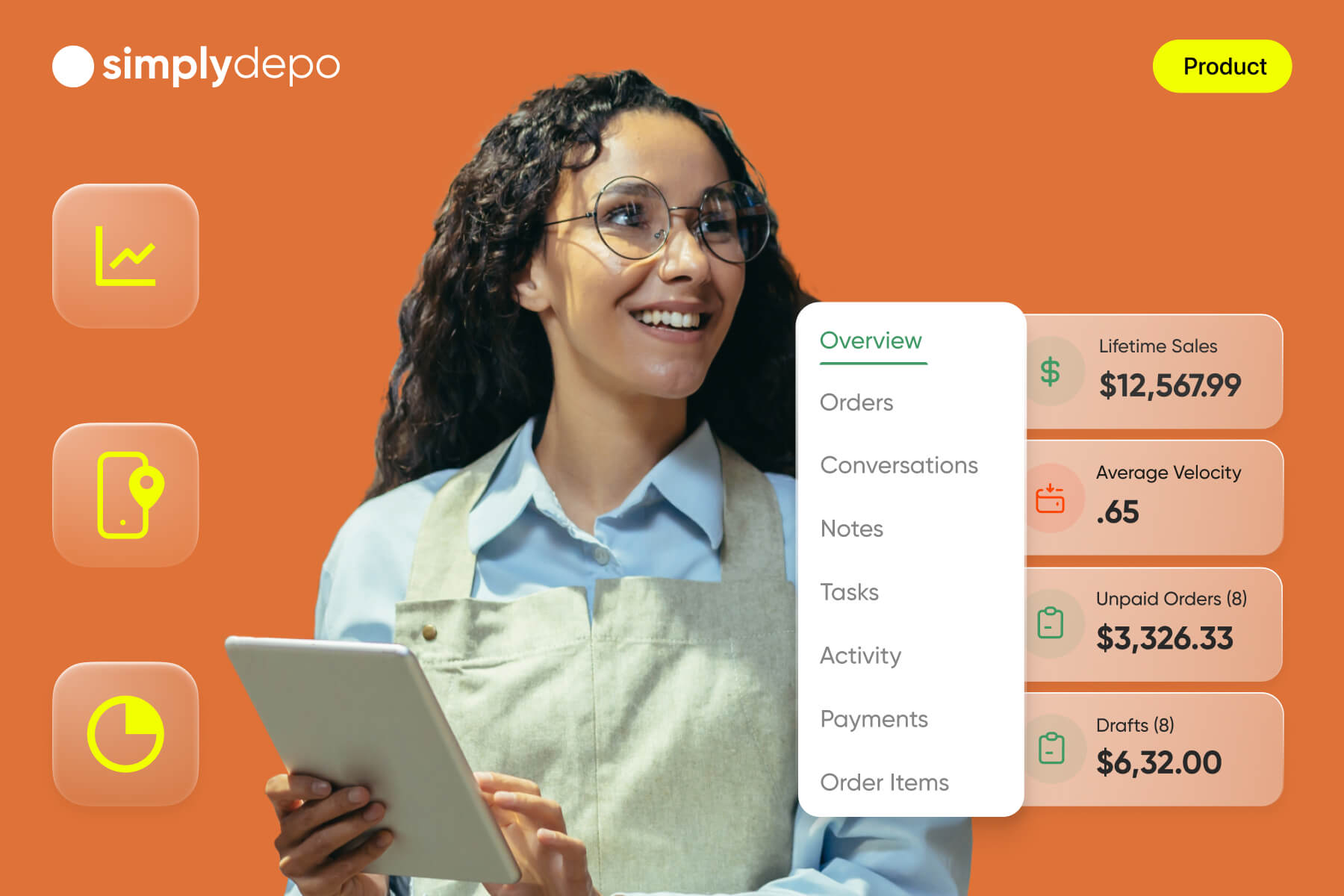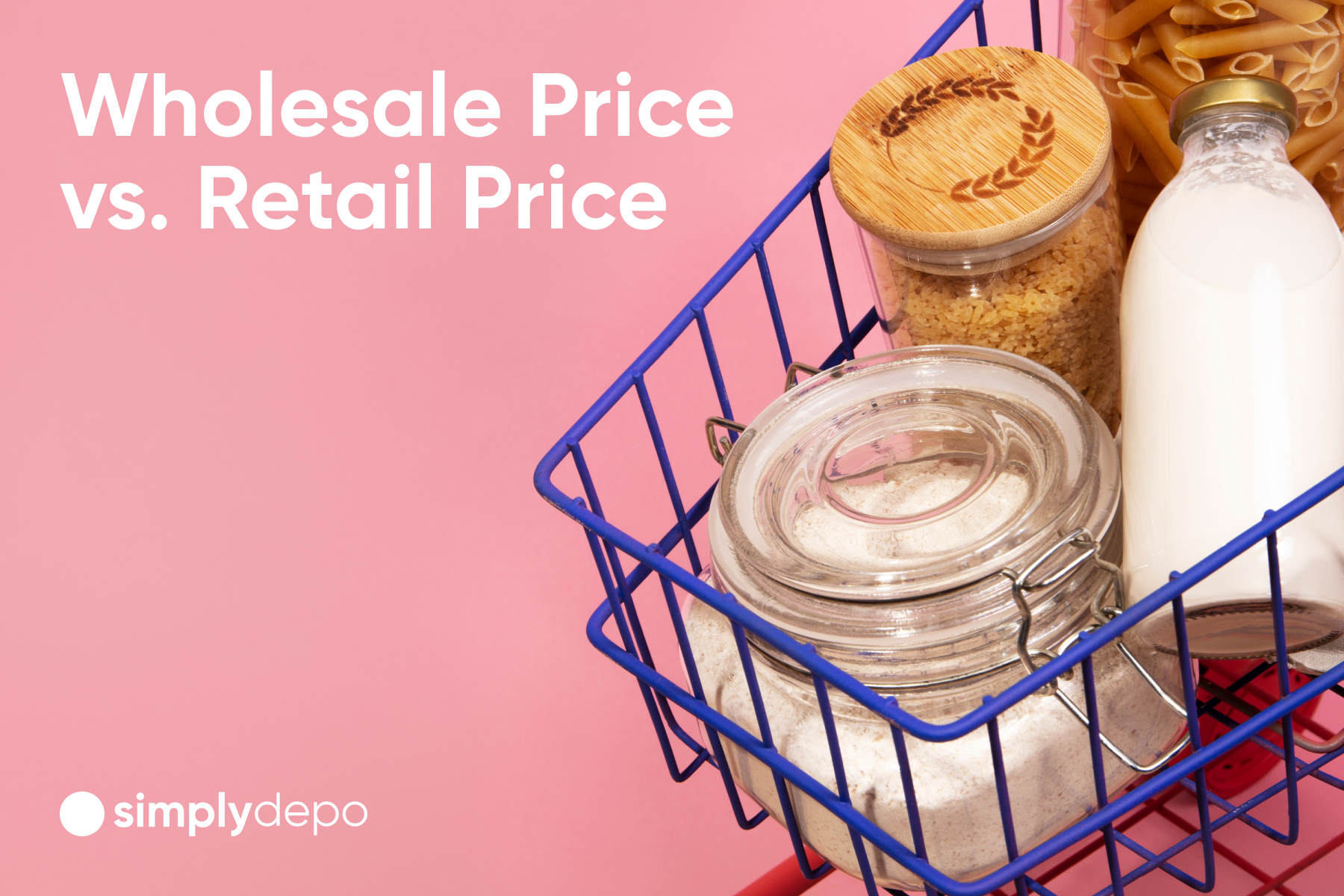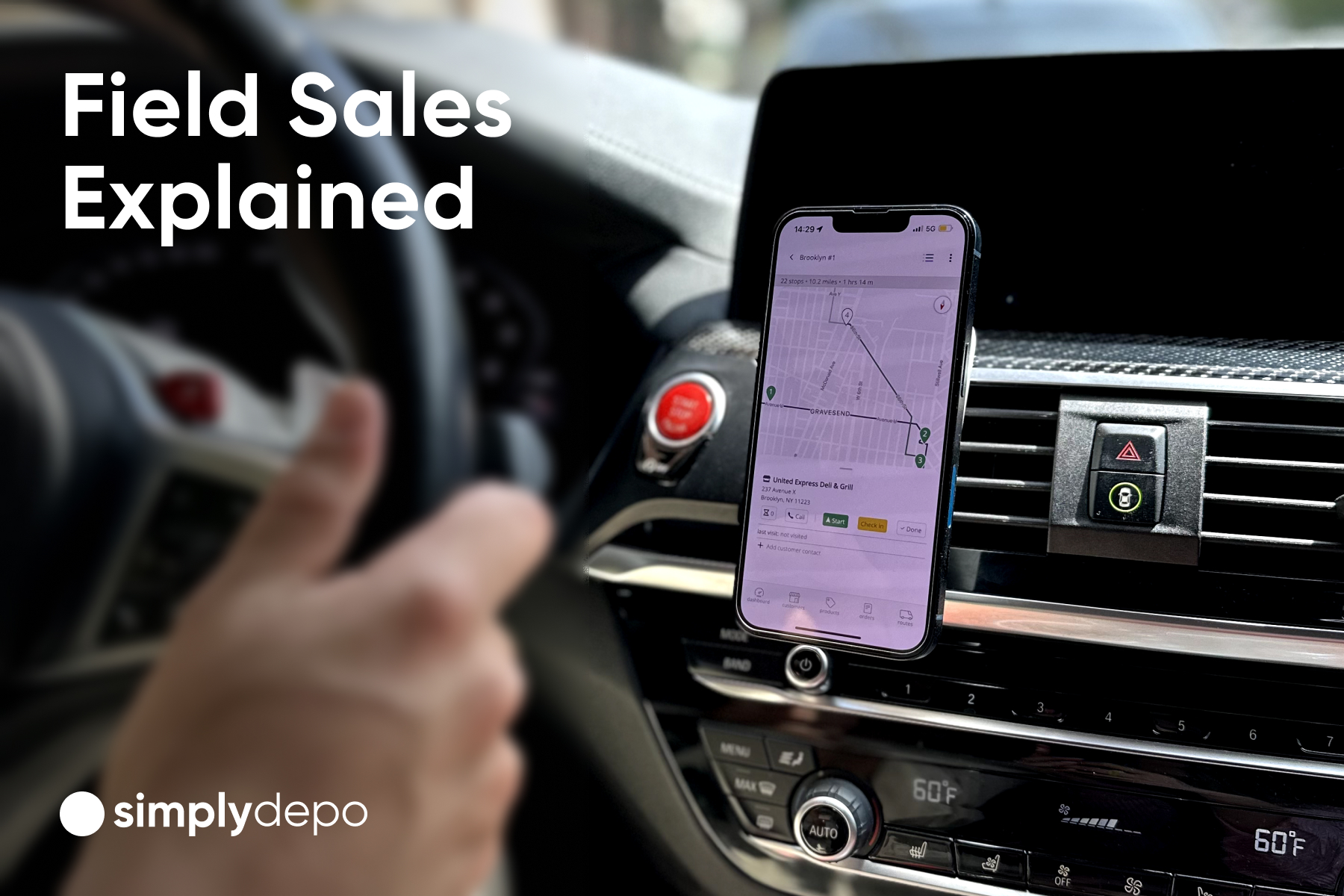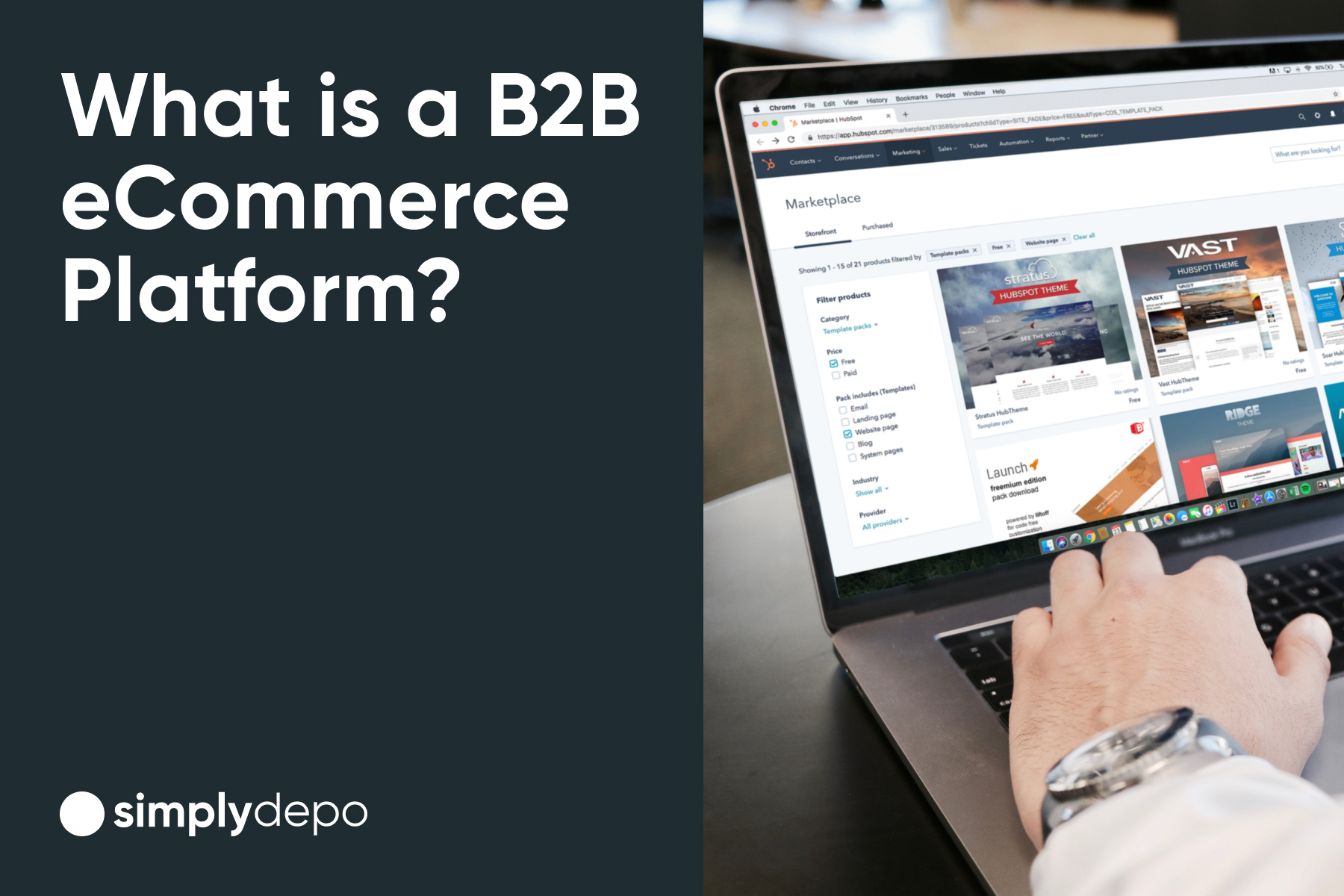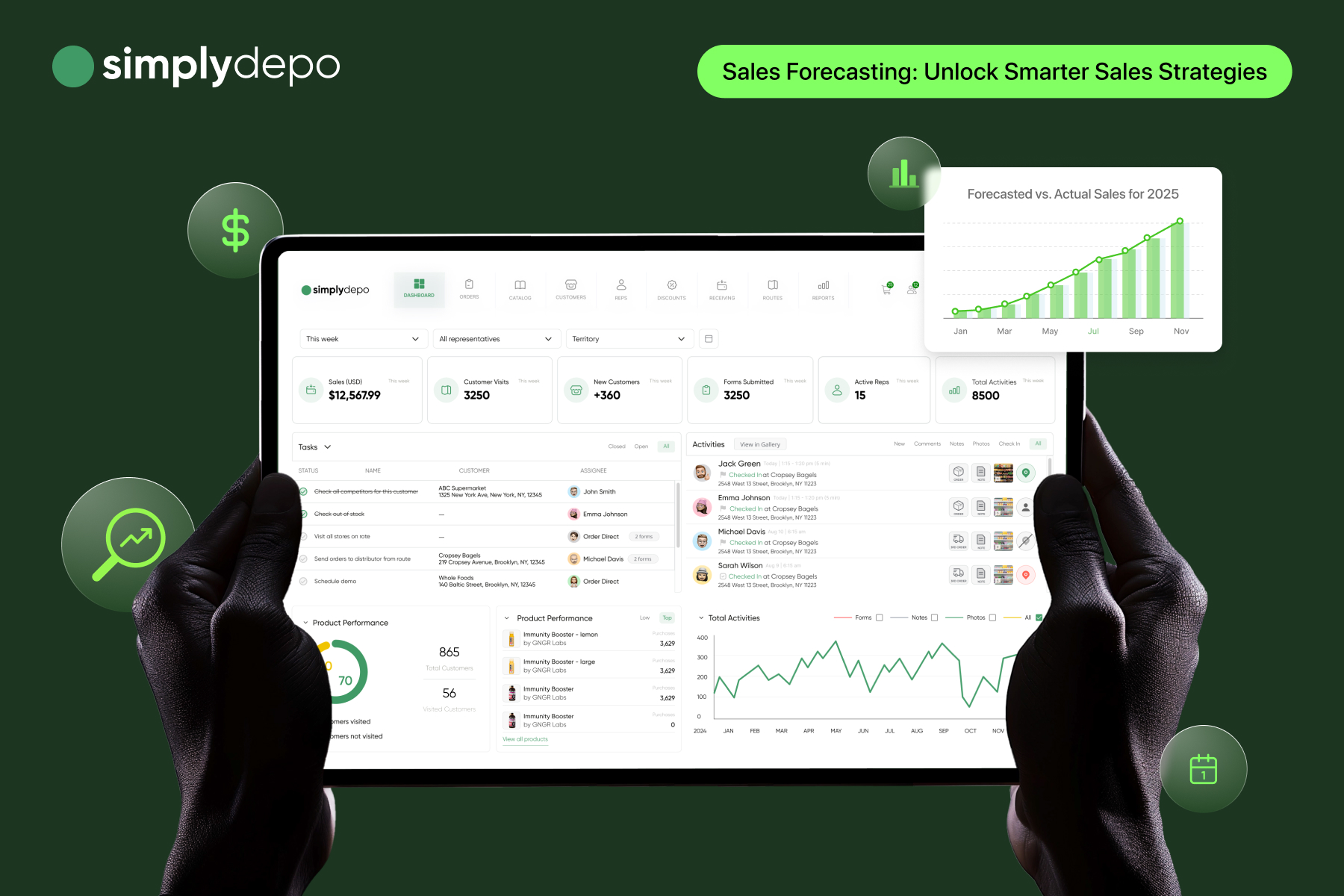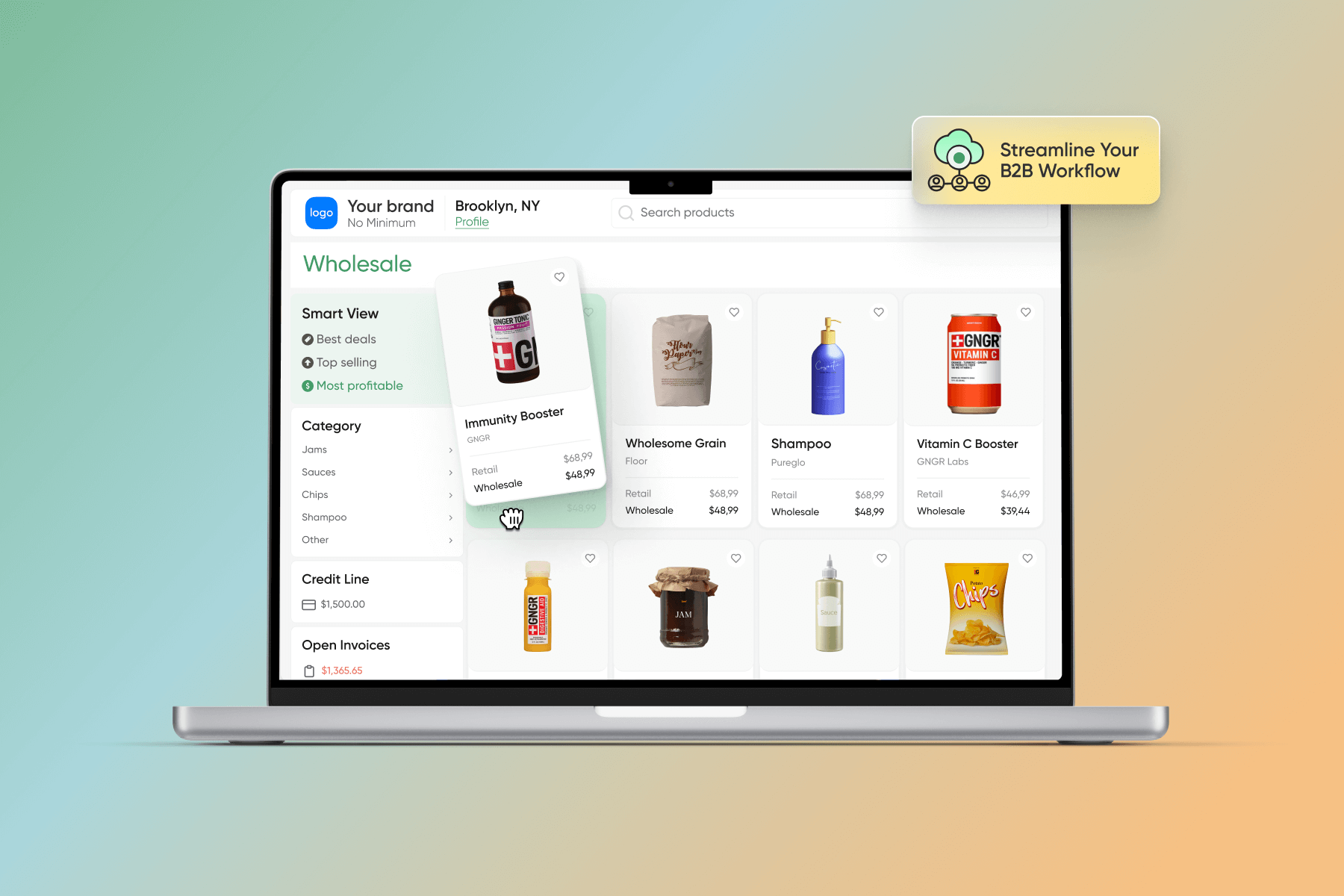Retail Distribution: How to Scale Without Losing Control of Your Supply Chain
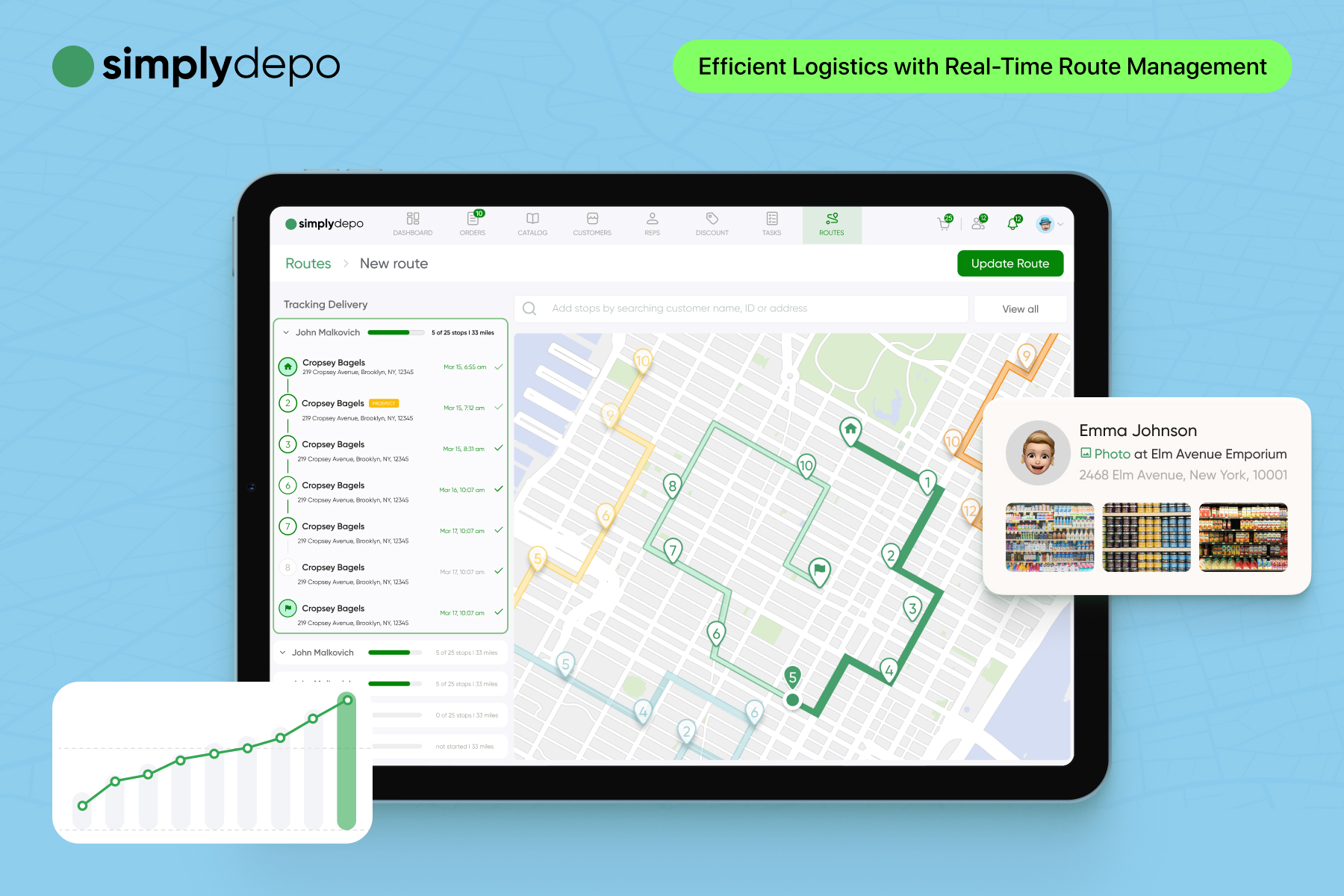
In today’s fast paced retail environment, distribution is more than just getting products from point A to point B—it’s about seamless operations, brand integrity and customer expectations. But as businesses scale, controlling their supply chain becomes increasingly complicated. Inventory mismanagement, logistical inefficiencies and inconsistent product quality can quickly derail a company’s growth plans.
We are going to explore how businesses can scale their retail distribution without losing control of their supply chain. We’ll dive into the best the best distribution strategies, industry trends and the role of technology driven solutions like SimplyDepo in making it all happen.
What is Retail Distribution?
Retail distribution is the process of getting products from manufacturers to consumers through various channels. A well structured distribution strategy means efficiency, cost effectiveness and a seamless customer experience.
Main retail distribution channels:
- Direct-to-Consumer (DTC): Brands sell directly to consumers through e-commerce platforms or brand owned stores, cutting out intermediaries.
- Wholesalers: Bulk buyers who resell to retailers, allowing manufacturers to reach a larger market.
- Retailers: Physical or online stores that sell products directly to consumers.
- Distributors: Third party logistics providers who manage warehousing, inventory and transportation for brands.
Choosing the right channel – or a mix of channels – depends on business goals, target customers and market dynamics.

Retail Distribution Strategies for Scaling
Effective retail distribution is about choosing the right strategy for growth. Here’s a closer look at three main strategies:
1. Intensive Distribution: Maximize Market Reach
This strategy ensures a product is in as many outlets as possible, increasing brand visibility and accessibility.
📌 Example: Beverage brands like Coca-Cola and Pepsi use intensive distribution to get their products in supermarkets, convenience stores, gas stations and vending machines worldwide.
✔ ️ Best for: Fast moving consumer goods (FMCG), everyday products.
2. Selective Distribution: Balance Reach and Brand Image
Selective distribution is about placing products in specific retailers that match the brand’s image and target audience.
📌 Example: Nike sells its high performance athletic gear through a mix of direct retail stores, select sporting goods chains and online marketplaces.
✔️ Best for: Mid to premium brands looking to maintain product positioning while expanding.
3. Exclusive Distribution: Preserve Prestige and Control
A product is sold through a single or very limited number of retailers, creating an aura of exclusivity and control over the brand experience.
📌 Example: Luxury brands like Rolex or Tesla sell through exclusive showrooms or flagship stores.
✔️ Best for: High end, niche products where exclusivity is part of the brand appeal.
Industry Insights: Retail Distribution Trends & Challenges
Retail executives say accelerating digital transformation/omnichannel capabilities is a top priority in 2025. A third of retail executives say their company plans to invest significantly to create efficiencies, including accurate real-time inventory visibility, a single view of customers across channels, and multiple fulfillment options—all of which allow for more mass to micro capabilities. – US Retail Industry Outlook
Omnichannel Retail
Retail is no longer one channel. Brands are combining physical stores, e-commerce, social commerce and direct-to-consumer (DTC) models to create seamless customer experiences.
According to a McKinsey report, omnichannel shoppers spend 30% more than single channel customers.
Supply Chain Disruptions & Adaptability
Recent events like the COVID-19 pandemic and global trade conflicts have exposed weaknesses in supply chains. Brands must become more resilient by diversifying suppliers, nearshoring production and using AI powered demand forecasting.
Sustainability & Ethical Sourcing
Consumers are demanding transparency in sourcing, ethical labour practices and eco friendly distribution models.
📈 Insight: 70% of consumers are willing to pay more for sustainable products (NielsenIQ).
Scaling Retail Distribution Challenges
- Inventory Visibility & Control – As businesses grow, tracking inventory across multiple warehouses and retailers becomes complex. Lack of real time data can lead to stockouts or overstock issues.
- Consistency & Quality Assurance – With multiple partners involved, ensuring product consistency across locations is a major challenge.
- Supply Chain Coordination – Managing multiple logistics providers, retailers and third party distributors requires robust communication and seamless data flow.
How SimplyDepo Helps Brands Scale Without Losing Control
To overcome these challenges, brands need a tech enabled approach to distribution. Choosing the tool that fits business goals becomes the first priority. SimplyDepo is a game-changer in retail distribution, offering a seamless platform for streamlined and efficient retail distribution management.Here’s how:
Real-time Inventory Management – Get 360 degree visibility over stock levels and avoid stockouts.
Automated Order Management – Streamline order processing, fulfillment and tracking to improve efficiency and reduce errors. Advanced Analytics & Forecasting – Data driven insights to inform demand planning and distribution strategies.
Success Story: How HC Foods Scaled Efficiently with SimplyDepo
HC Foods, a specialty food distributor, was facing order inaccuracy and supply chain issues as they grew. By using SimplyDepo they achieved:
- 25% reduction in order processing time
- Better coordination with suppliers and retailers
- Real-time inventory and sales data tracking
SimplyDepo enabled HC Foods to scale without losing control, prooving that technology driven distribution management is key to gaining a competitive edge.
Best Practices for Scaling Retail Distribution
Use Digital Tools: Leverage AI, cloud based inventory systems and automation to increase efficiency.
Build Strong Partnerships: Partner with reliable suppliers, logistics providers and retailers to create a seamless supply chain.
Quality Control First: Implement strict quality control protocols to maintain product consistency.
Scaling retail distribution is an exciting but tough journey. The key is to maintain control over inventory, logistics and partners as you scale. Brands that adopt technology driven solutions like SimplyDepo get the competitive edge to scale efficiently, reduce risk and increase profitability.
Ready to take control of your retail distribution? Explore SimplyDepo’s features and see how it can transform your supply chain for growth.


